Text

Simryn Gill
(Seed head print #12), from the series Clearing
2020
ink on paper | 142.0 x 43.0 cm sheet
“Simryn Gill’s 'Clearing' remembers a 110-year-old Canary Island date palm tree that was removed in 2020 to make way for the Art Gallery [of New South Wales]’s new building. A plan to transplant the tree to another location was abandoned due to its infestation by coconut weevils and unlikely chances of surviving the replanting.
Native to the Canary Islands off the north-western coast of Africa, these palms were once prized by horticulturists for their exotic and uniform appearance and their resilience. They were disseminated throughout the world along trade routes from the mid to late 19th century, including Australia, where they became a popular ornamental plant in parks and gardens, and later ubiquitous along streets. Today they are revered as a heritage tree, but also denigrated as an invasive species.
To aid her understanding of the date palm’s significance within this society, Gill made a graphite rubbing of the Art Gallery tree’s trunk. Later, when the tree was condemned, she continued to record various facets of it, with processes that included photogram imaging and various forms of printing, in an attempt at communicating with the tree.”
0 notes
Text

Simryn Gill
Passing Through, 2017
Ink monoprint on paper, framed in VIC Ash with UV grade acrylic glazing
104 x 74.5 x 4.2 cm
1 note
·
View note
Photo





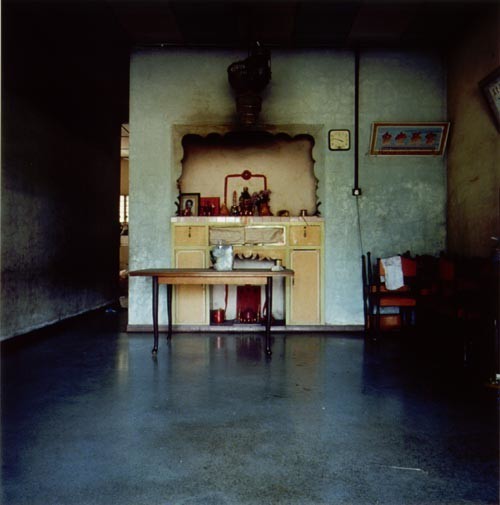



Dalam (2001), Simryn Gill
The 258 photographs that form Dalam, (Malay for deep; inside; interior), are the outcome of Simryn Gill’s travel across the Malaysian Peninsula over an 8 week period. Gill knocked on the doors of strangers and asked if she could enter their houses to photograph their living rooms. Perhaps surprisingly, most said yes, and the resulting works are a fascinating index of how people live as well as conveying why the artist undertook this project. The artist made this work in response to a question she asked herself; “In conceiving the work I had wondered what the ‘inside’ of a place might look like. Do lots of people held together by geography add up to the idea of a nation or single unified group? The place that I chose to look at is one that is inside me, but also one that I have been removed from for a very long time. In this respect, embedded in this work was a demand that I made on myself to confront the conflicting experience of being both insider and outsider, by requiring myself to persuade people, strangers, locals, to trust me and to let me into their homes.” (x/x)
20 notes
·
View notes
Text
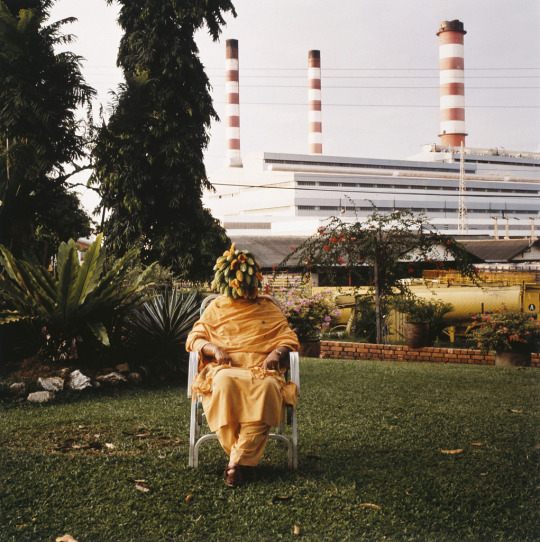
Simryn Gill (Australian born Singapore, 1959) A small town at the turn of the century #5 1999-2000 Type C photograph From a series of 40 91.5 x 91.5cm Private collection, Sydney © Simryn Gill
30 notes
·
View notes
Photo
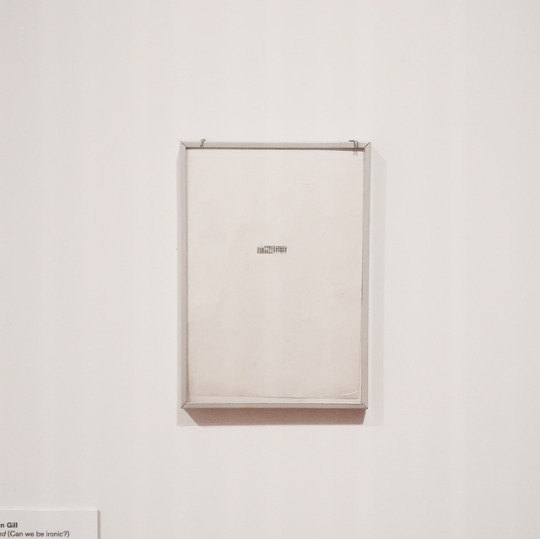
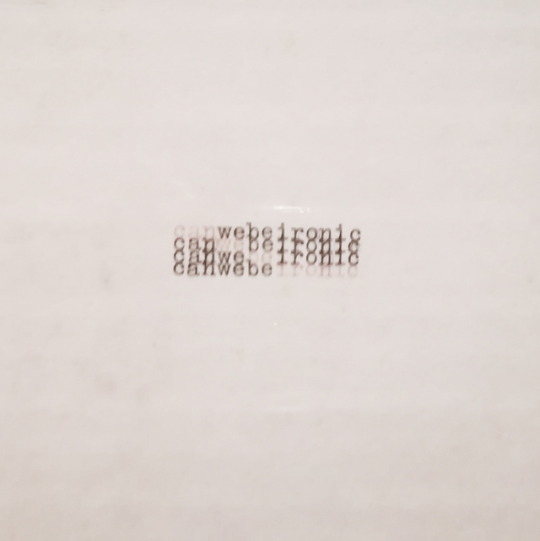
“Can We Be Ironic” by Simryn Gill, National Gallery Singapore
4 notes
·
View notes
Photo
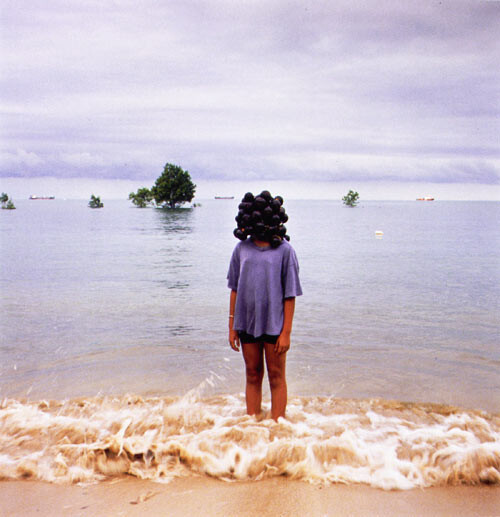
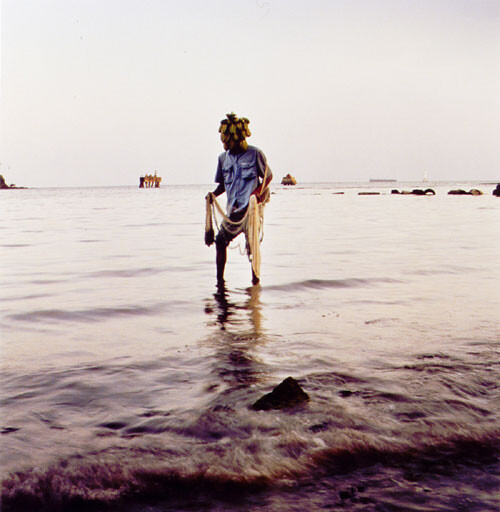
A Small Town at the Turn of the Century, Simryn Gill (1999-2000)
110 notes
·
View notes
Text
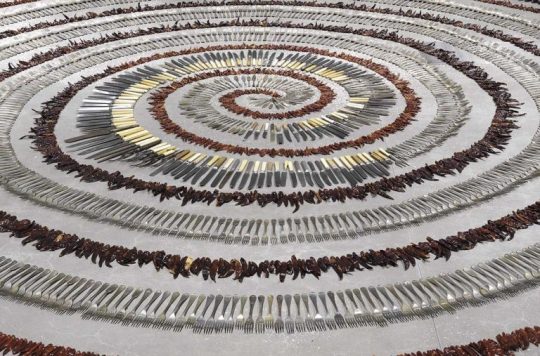
Simryn Gill (Malaysian/Australian, b.1959), "Forking tongues", 1992 Assorted cutlery with dried chillies
298 notes
·
View notes
Photo

Simryn Gill . Untitled . 1999 . from the series Rampant
2 notes
·
View notes
Text

Hilma af Klint at her studio at Hamngatan 5, Stockholm c. 1895
373 notes
·
View notes
Text

Automatic drawings by The Five, Untitled 1908
#hilma af klint#anna cassel#sigrid hedman#cornelia cedarberg#mathilda nilsson#1900s#20th century#the five#spiritualism
5 notes
·
View notes
Text

Automatic drawings by The Five, Untitled 1908
#the five#1900s#20th century#hilma af klint#anna cassel#sigrid hedman#mathilda nilsson#cornelia cedarberg
3 notes
·
View notes
Text
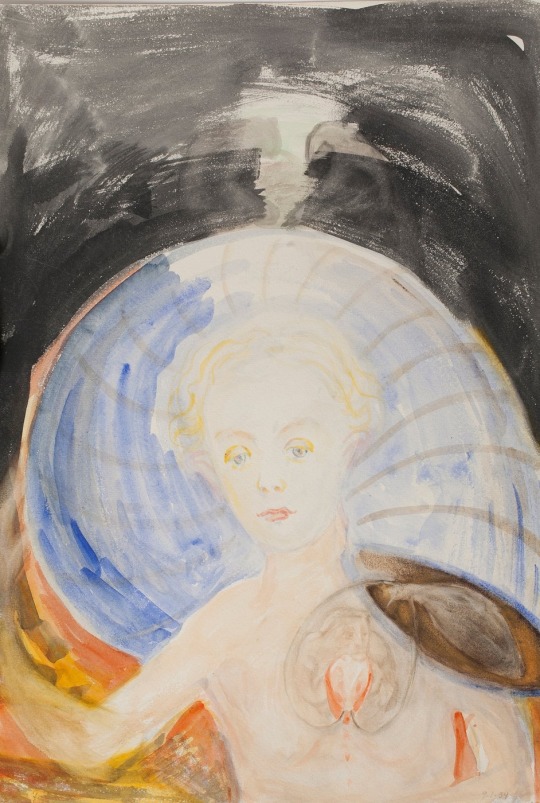
Hilma af Klint Untitled 1934
2 notes
·
View notes
Text
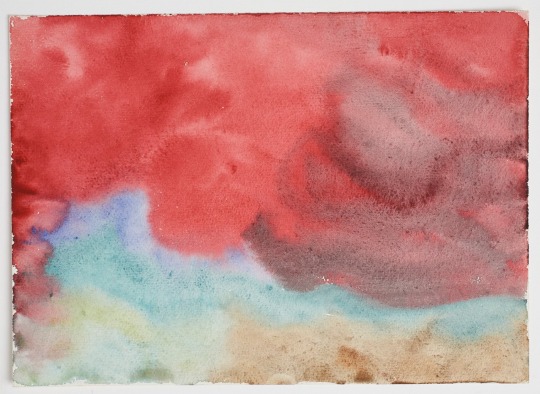
Hilma af Klint On the viewing of flowers and trees 1922
1 note
·
View note
Text

Hilma af Klint On the viewing of flowers and trees 1922
2 notes
·
View notes
Text

Hilma af Klint Group I, Primordial chaos, no 5 1906–07
0 notes

